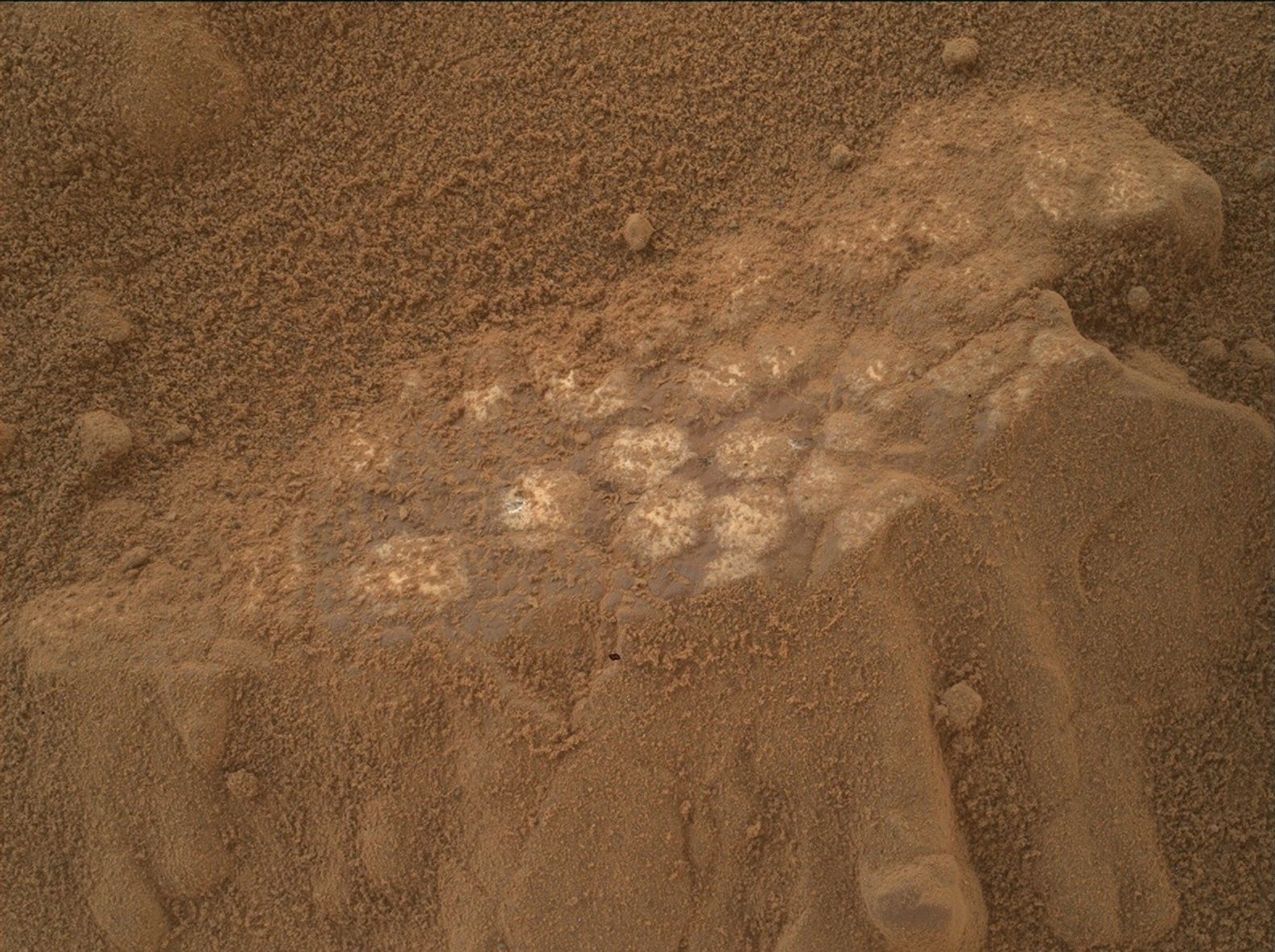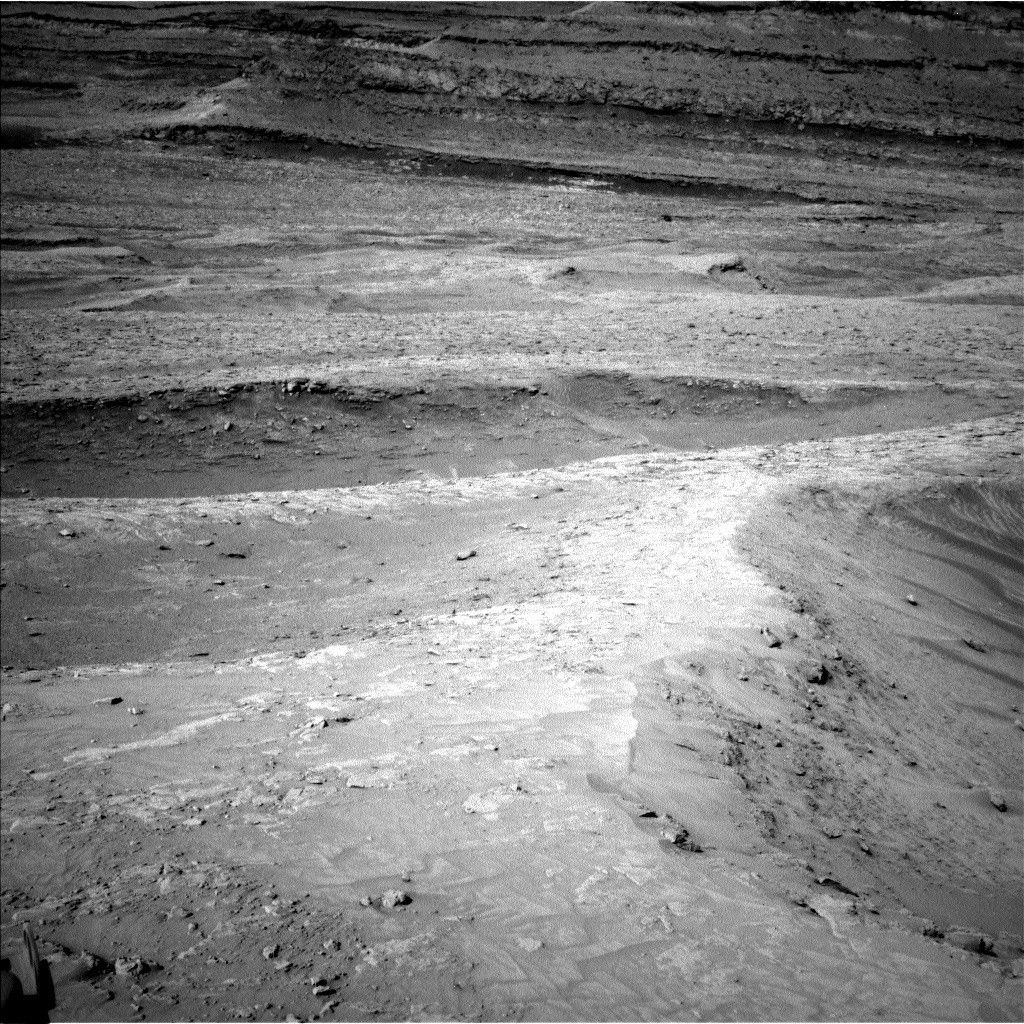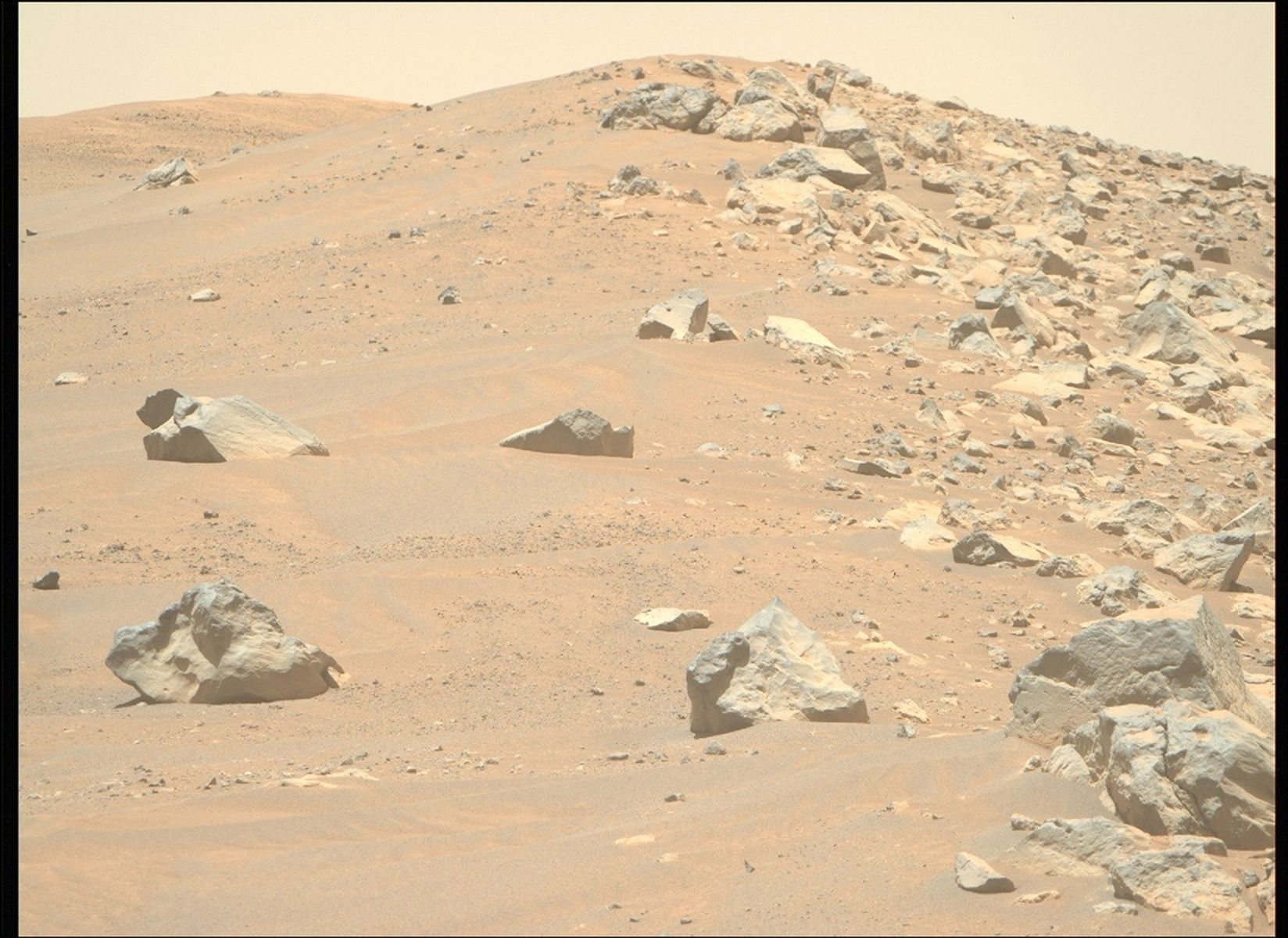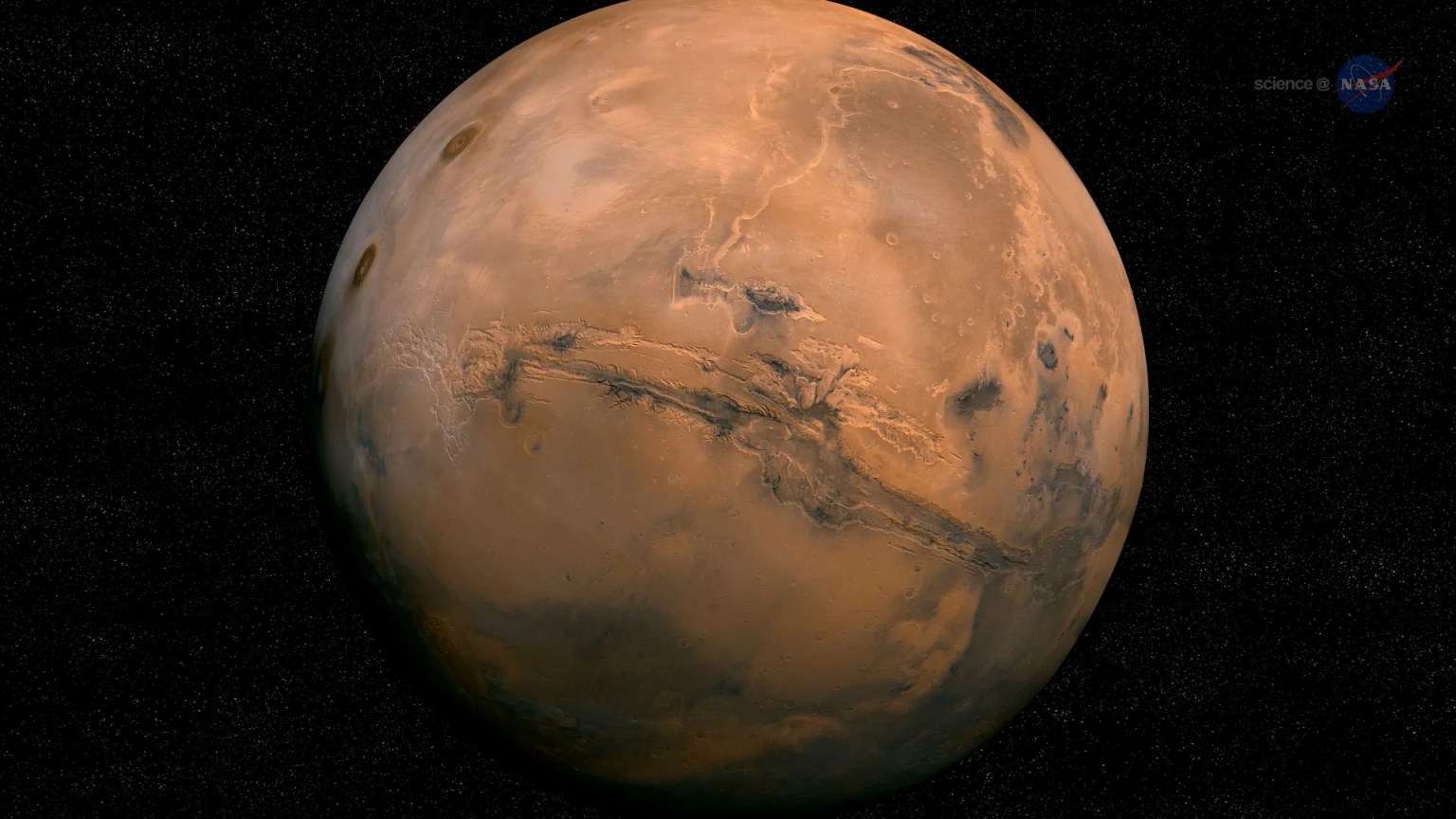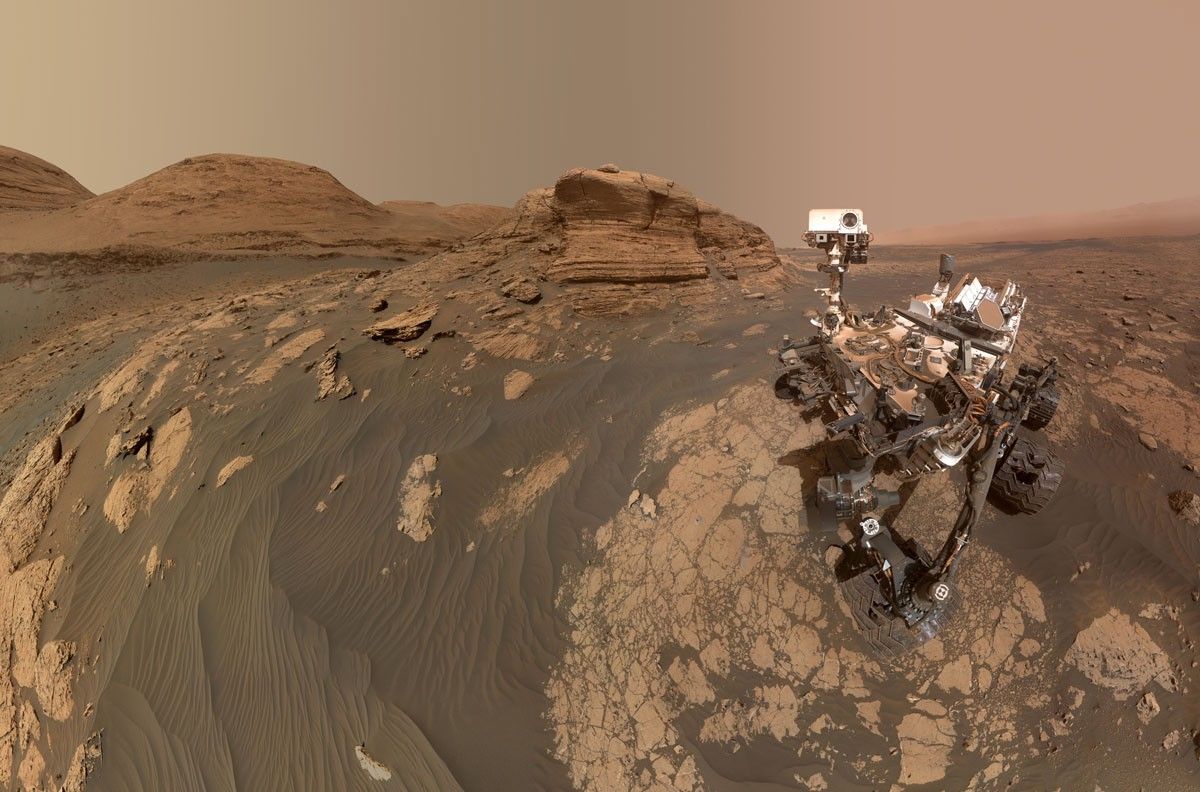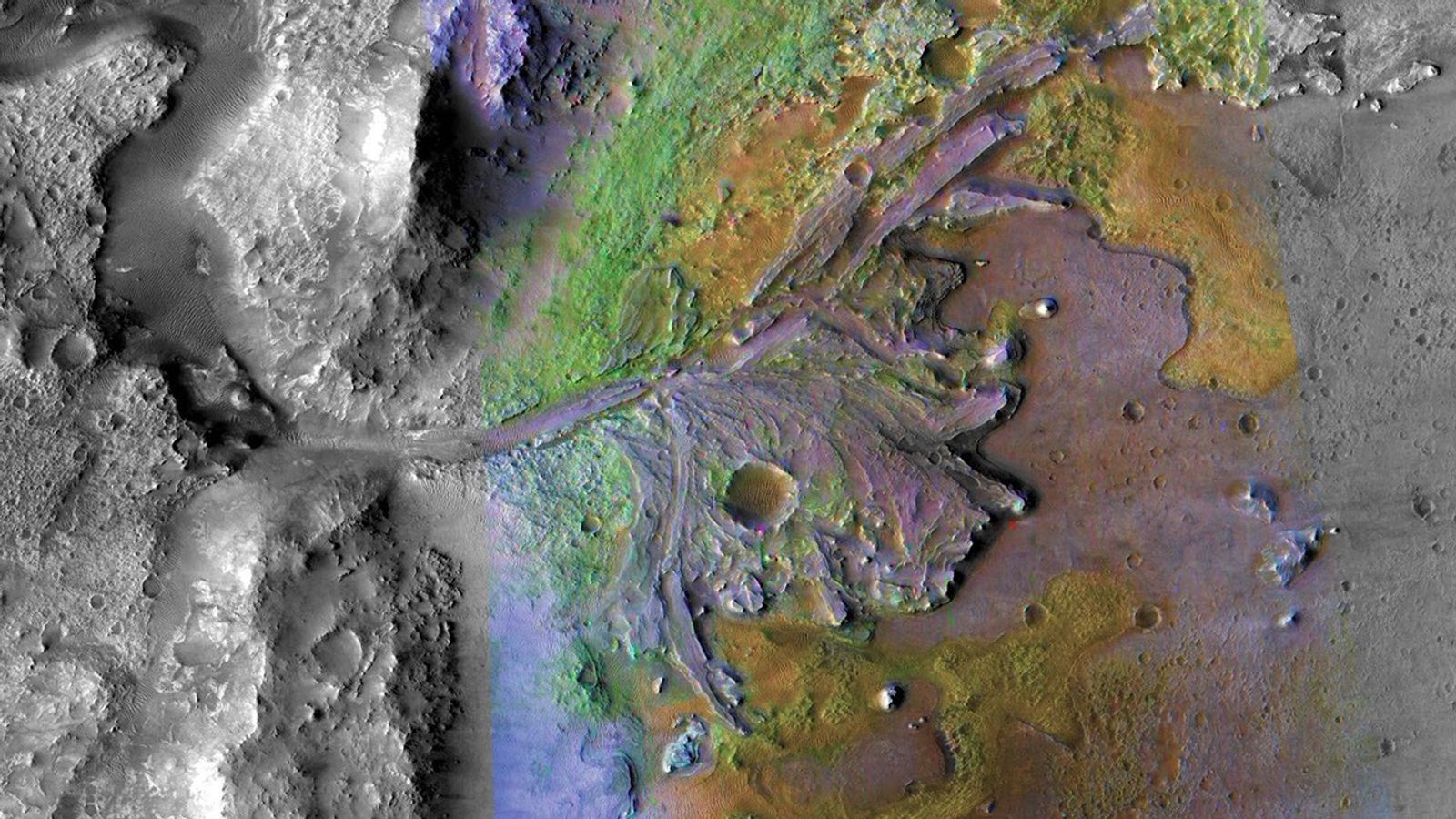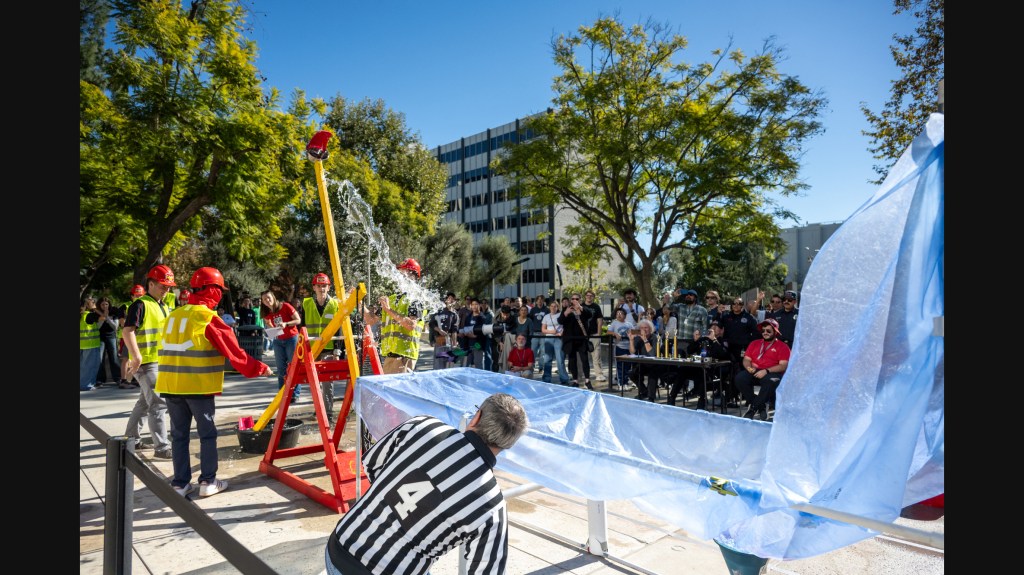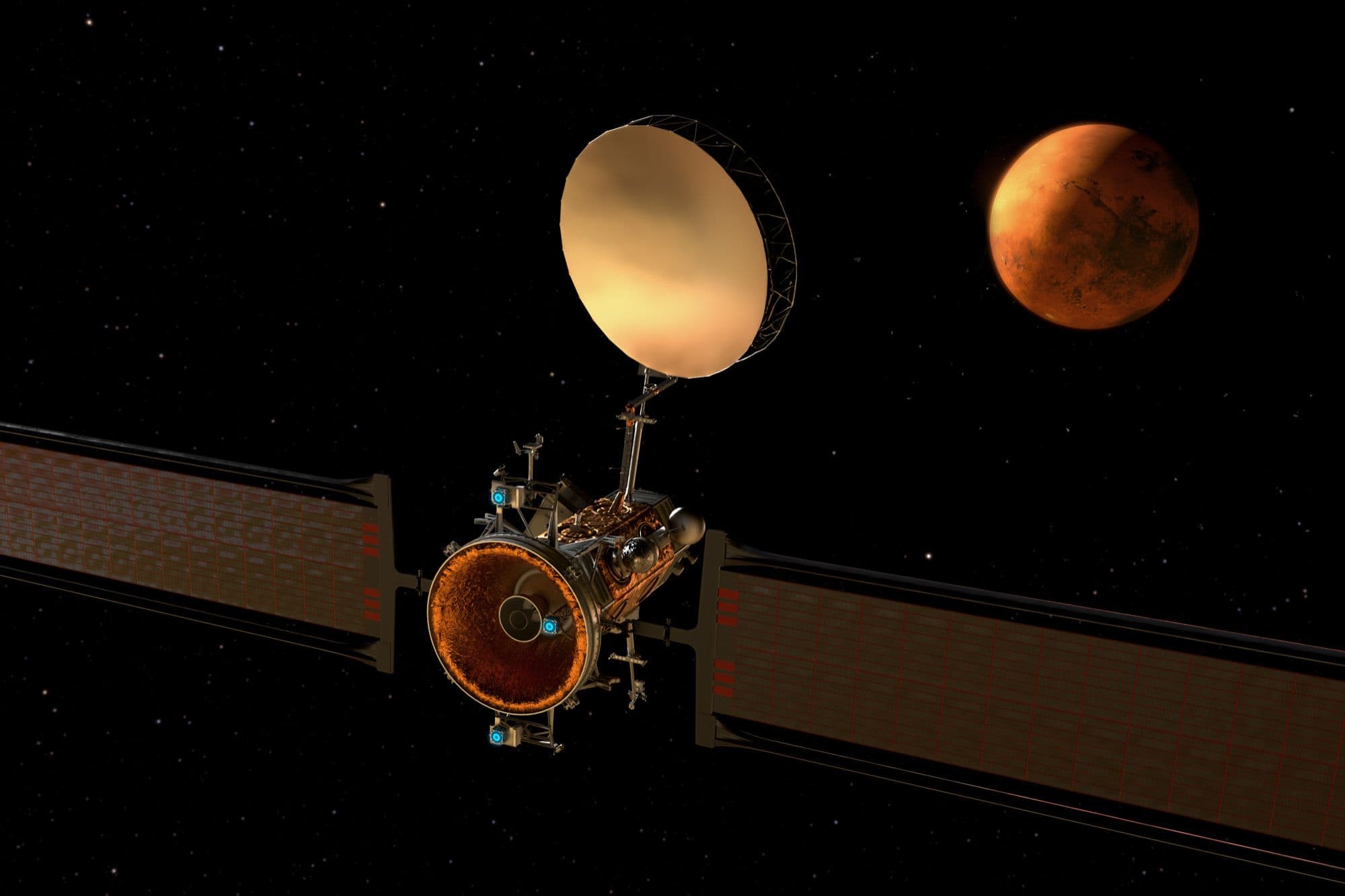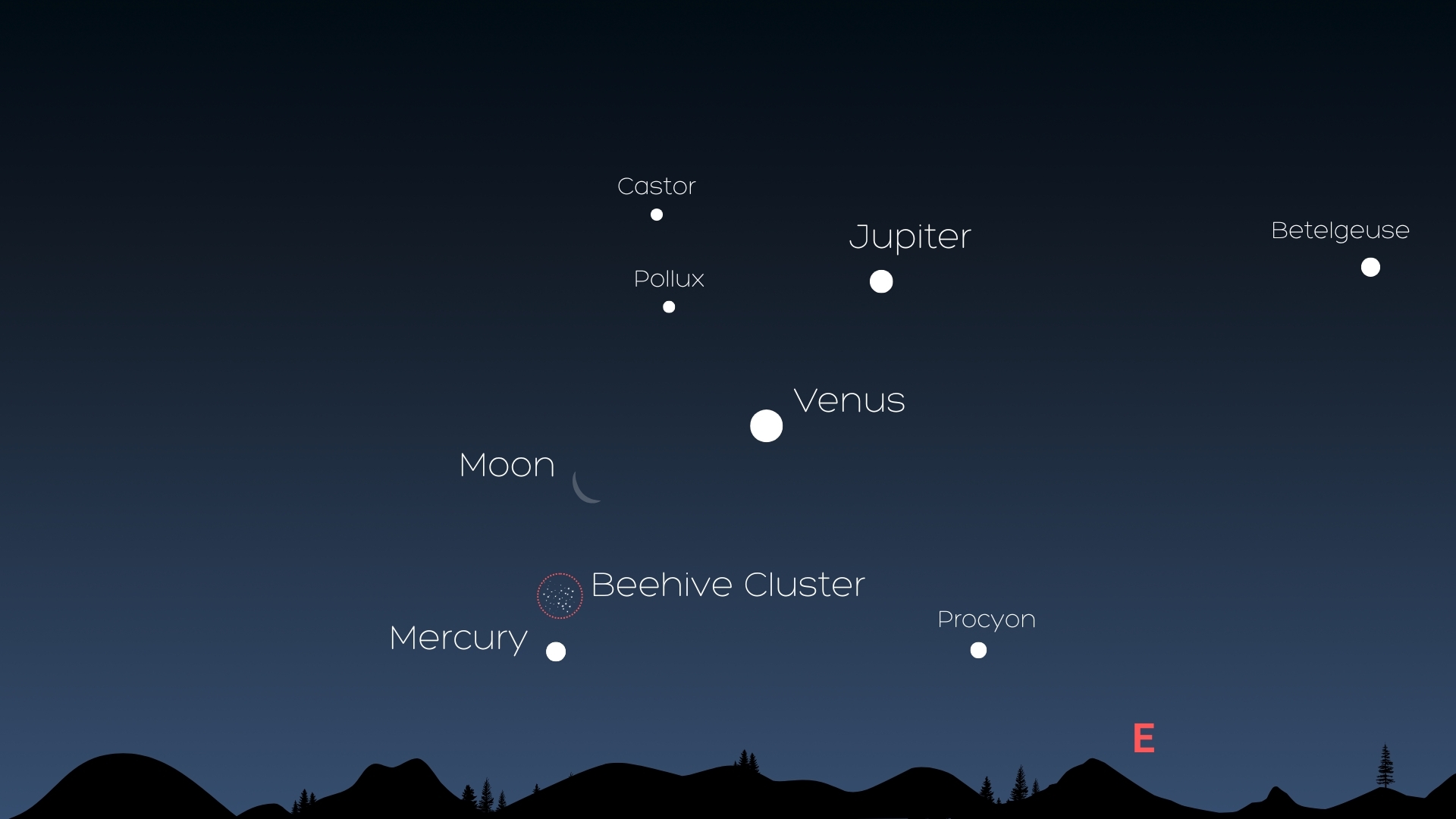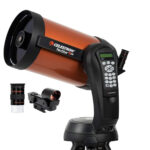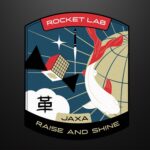Now Reading: Curiosity Blog, Sols 4629-4630: Feeling Hollow
-
01
Curiosity Blog, Sols 4629-4630: Feeling Hollow
Curiosity Blog, Sols 4629-4630: Feeling Hollow

2 min read
Curiosity Blog, Sols 4629-4630: Feeling Hollow
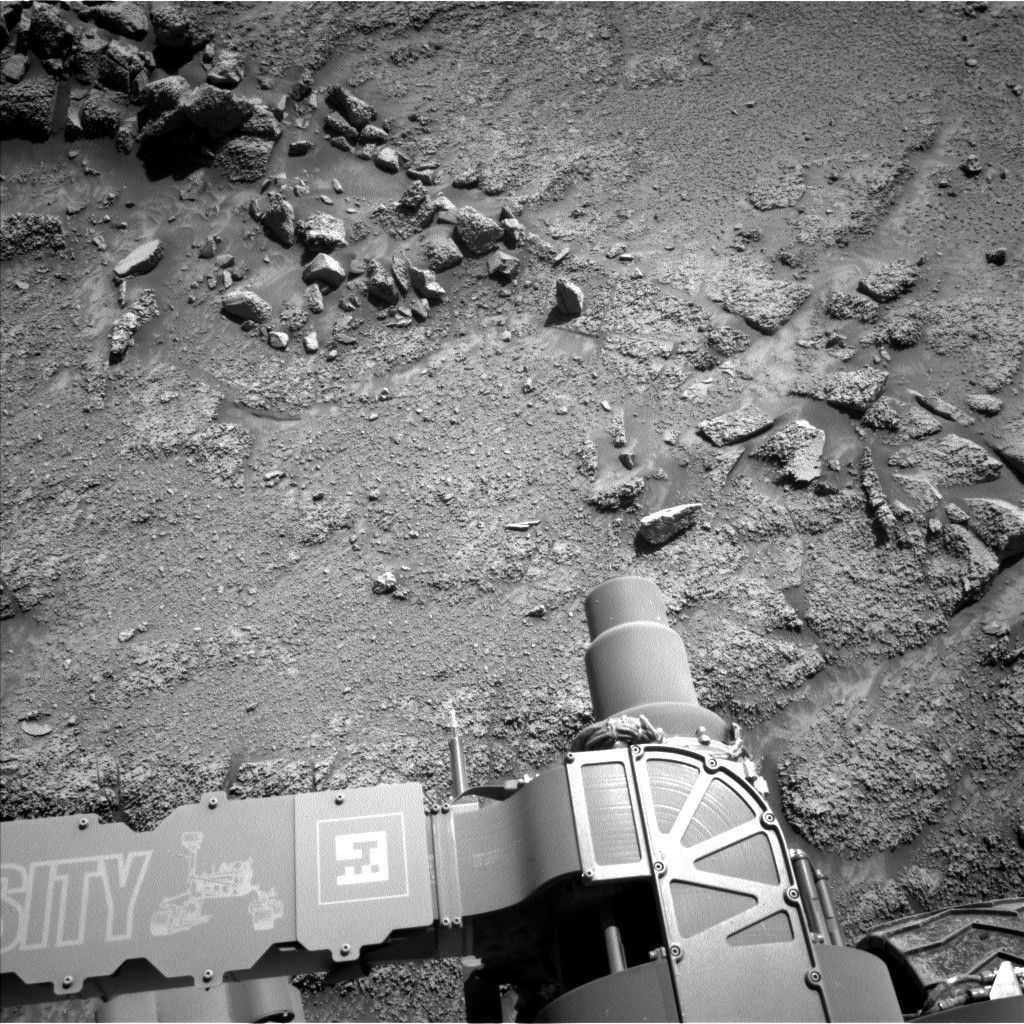
Written by Elena Amador-French, Science Operations Coordinator at NASA’s Jet Propulsion Laboratory
Earth planning date: Wednesday, Aug. 13, 2025
Today’s team investigated the texture and chemistry of the bedrock within a topographic low, or hollow, found within the greater boxwork area. We will place our APXS instrument on the “Asiruqucha” target, some light-toned, small-scale nodular bedrock in the middle of our workspace. These data will help illuminate any systematic chemical trends between the hollows and ridges in this area. We always take an associated MAHLI image with every APXS measurement to help contextualize the chemistry. We will also observe a small crescent-shaped rock named “Wedge Tailed Hillstar” with MAHLI, visible in the above Navcam image just above the letters “SI” written on Curiosity’s arm.
We will use our remote sensing instruments to continue documenting the region taking stereo Mastcam images of “Cerro Paranal,” “Rio Frio,” and “Anchoveta.” The ChemCam instrument will take an image of, and collect chemical information for, the target “Camanchaca,” as well as use its Remote Micro Imager (RMI) to take high-resolution imaging of more distant boxwork features.
Once these observations are completed Curiosity will set off on a 30-meter drive (about 98 feet), taking us to an interesting ridge feature to investigate in Friday’s plan.
As usual we will continue to take our regular atmospheric monitoring observations using REMS, RAD, and DAN.
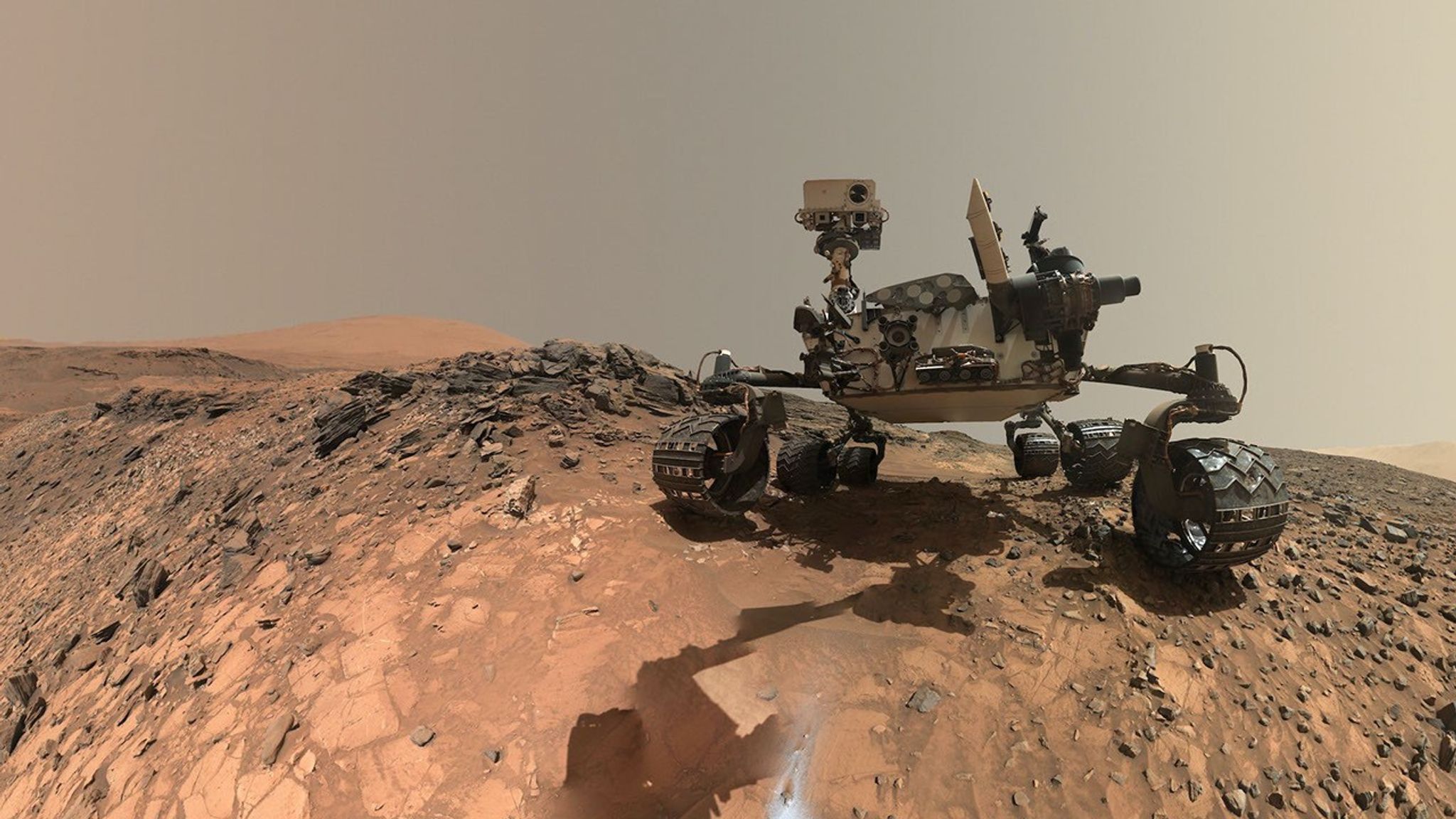
Share
Details
Related Terms
Stay Informed With the Latest & Most Important News
Previous Post
Next Post
-
 012024 in Review: Highlights from NASA in Silicon Valley
012024 in Review: Highlights from NASA in Silicon Valley -
 02Panasonic Leica Summilux DG 15mm f/1.7 ASPH review
02Panasonic Leica Summilux DG 15mm f/1.7 ASPH review -
 03How New NASA, India Earth Satellite NISAR Will See Earth
03How New NASA, India Earth Satellite NISAR Will See Earth -
 04And Thus Begins A New Year For Life On Earth
04And Thus Begins A New Year For Life On Earth -
 05Astronomy Activation Ambassadors: A New Era
05Astronomy Activation Ambassadors: A New Era -
06SpaceX launch surge helps set new global launch record in 2024
-
 07From Polymerization-Enabled Folding and Assembly to Chemical Evolution: Key Processes for Emergence of Functional Polymers in the Origin of Life
07From Polymerization-Enabled Folding and Assembly to Chemical Evolution: Key Processes for Emergence of Functional Polymers in the Origin of Life


